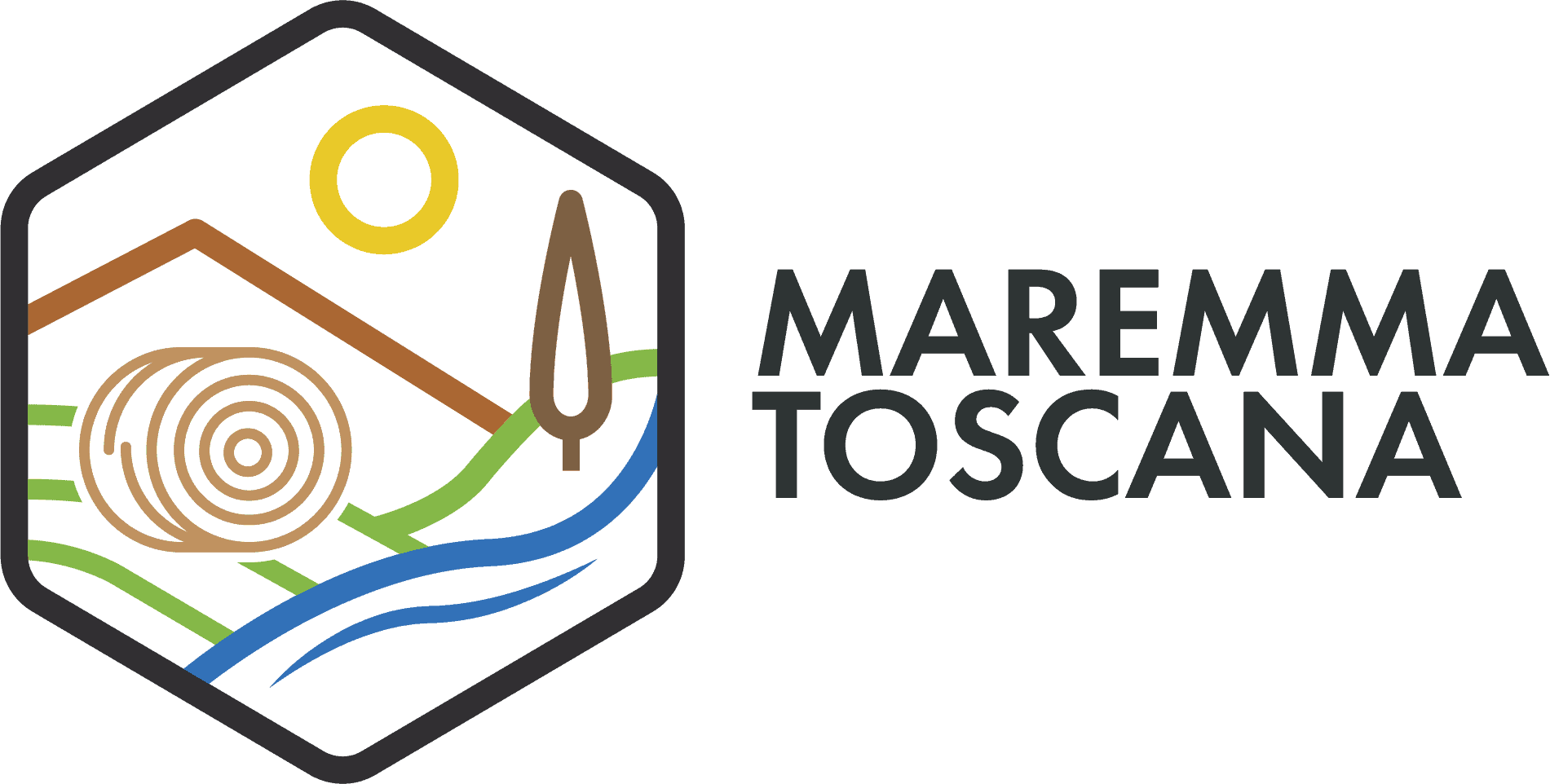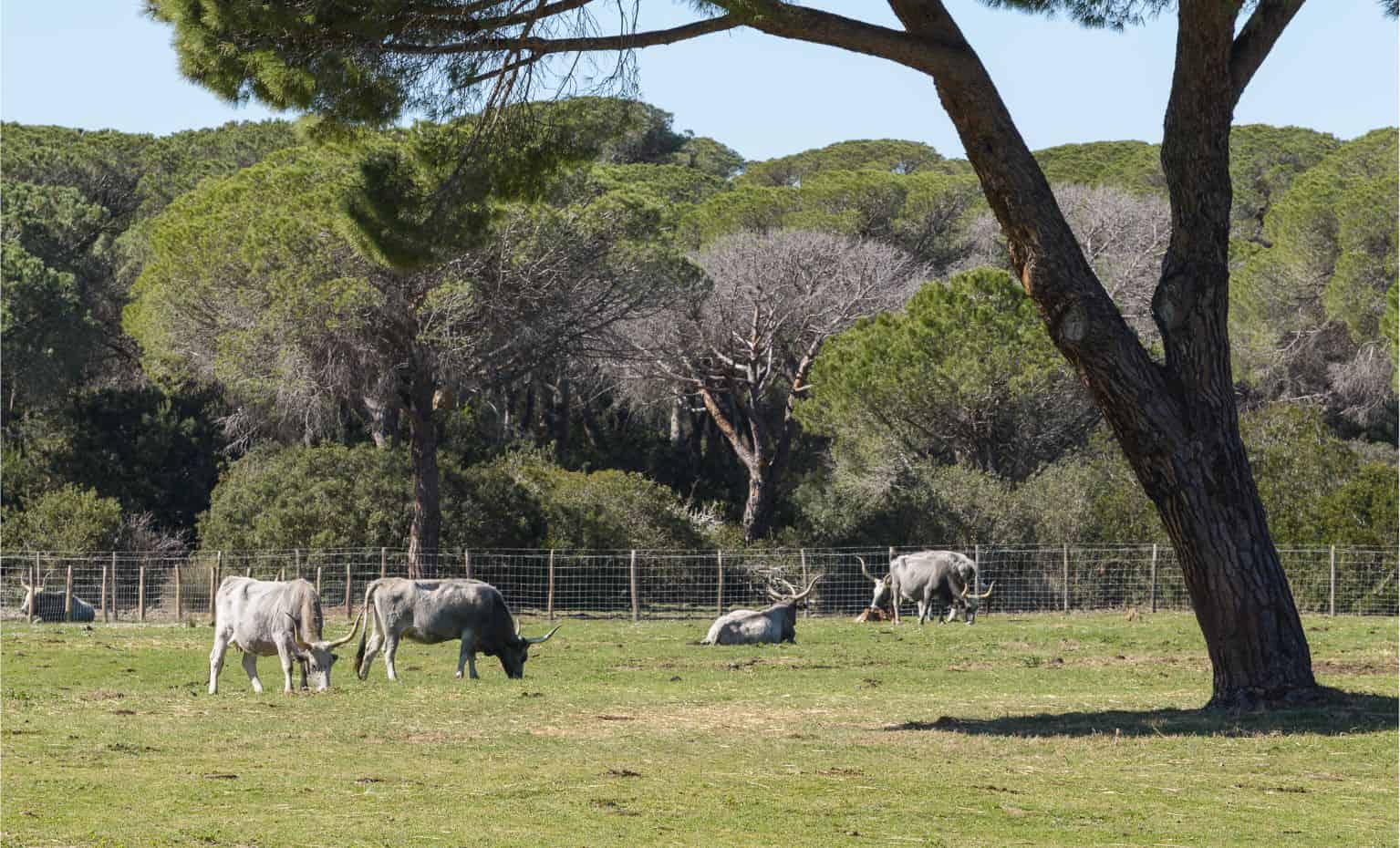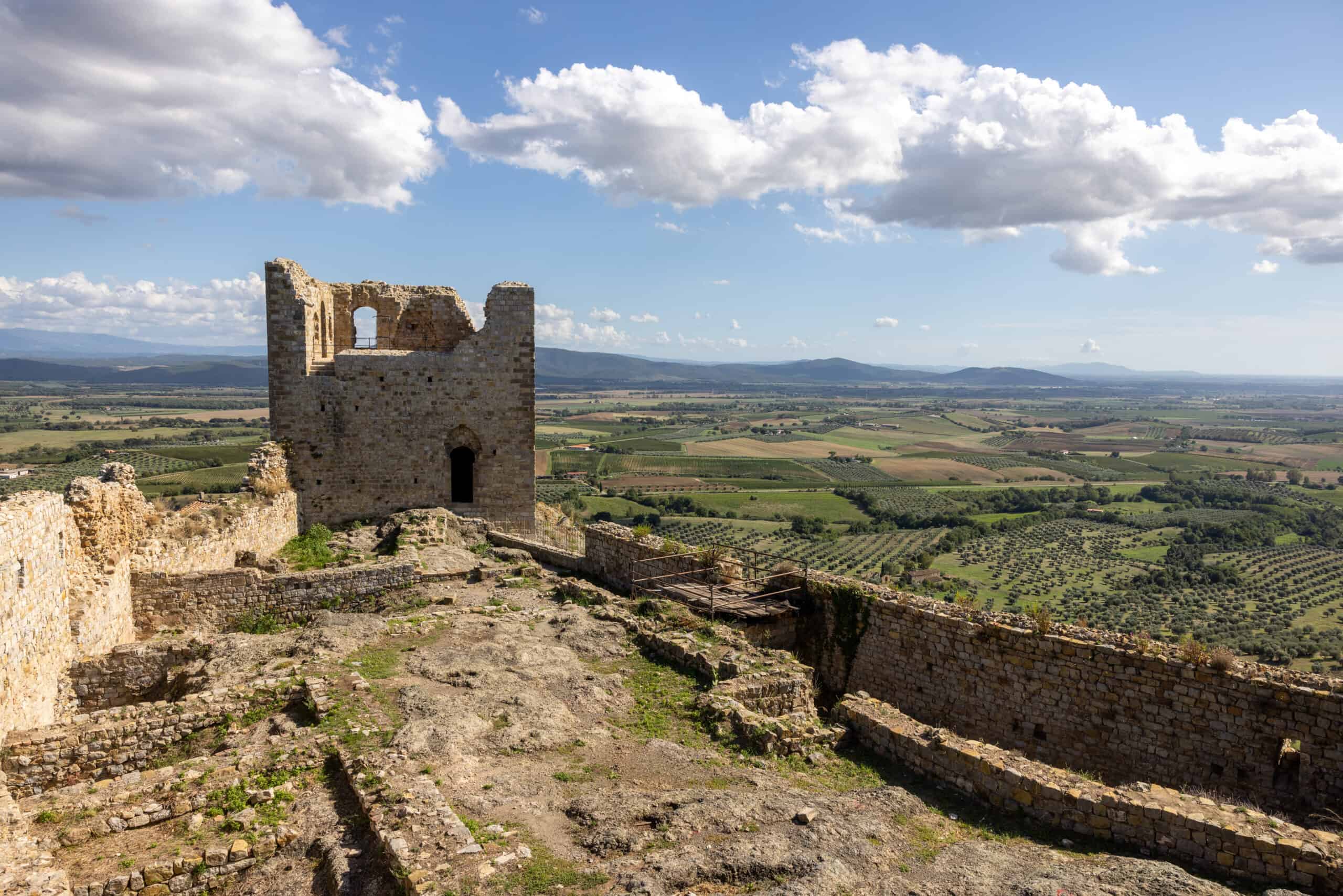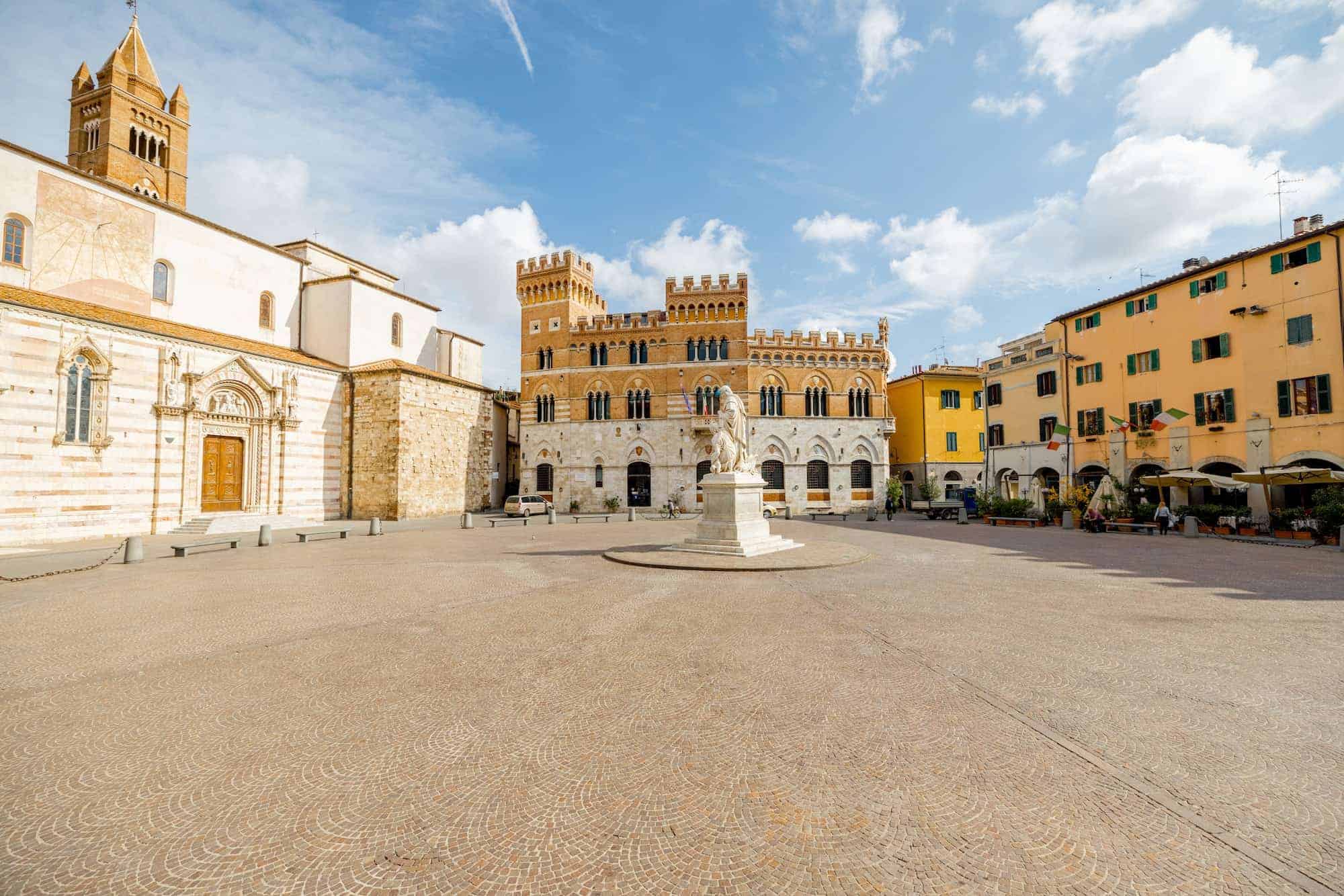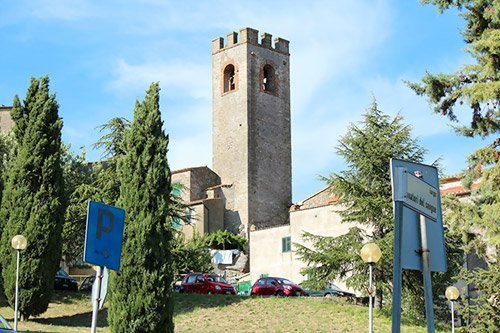Maremma Natural Park
The Maremma Regional Natural Park is a large protected coastal area in Tuscany, it extends from Principina a Mare to Talamone and includes the entire Uccellina Mountains together with a mosaic of ecosystems.
The Maremma Regional Natural Park, so named in the year of its establishment, also called Uccellina Park, from the name of the mountains that are part of it, is an area protected by two regional laws of 1975 and 1994, which extends for approximately 9800 hectares in the Maremma coastal stretch that goes from the Tombolo pine forest to Principina a Mare, to the north, up to the promontory of Talamone, South. The protected area is delimited inwards by the Via Aurelia and includes part of the territories of Grosseto, Magliano in Toscana and Orbetello. The park includes the last stretch of the Ombrone river, the Palude della Trappola, the pine forest of Marina di Alberese (crossed by the Scoglietto-Collelungo canal) and the Monti dell’Uccellina. It is undoubtedly the most varied and characteristic natural park in Tuscany (and probably in Italy) and contains within it the typical natural environments of the Maremma. Vast 100 km2, in the southern part it overlooks the sea with a high coast (about 20 kilometers long), while further north there are large beaches with sand dunes that end in pine forests. The Maremma Natural Park, from a naturalistic point of view, includes a true mosaic of ecosystems. Most of the protected area is occupied by the Uccellina Mountains, modest hills that reach 417 meters above sea level (near Poggio Lecci), covered with shrubs and trees typical of the Mediterranean scrub. The Uccellina Mountains, in the southern part of the park, descend steeply to the sea, creating small isolated coves. The main beaches of the park are Marina di Alberese, Collelungo and the picturesque Cala di Forno.
European Diploma
In 1992 the Ministry of the Environment awarded the protected area of the Maremma Regional Natural Park the European Diploma of Protected Areas, a prestigious international recognition that only seven protected areas can boast today in all of Italy. It is therefore important to safeguard the natural heritage of the park.
In the Maremma Natural Park there are different climatic situations – Maremma Climate – with Mediterranean, sub-desert and continental characteristics, which are also visually manifested in the great phlogistic variety (even of very rare species such as the Dwarf Palm which develops in the northernmost part of the park). The temperature is mild, as in the entire Maremma coastal strip, and rainfall reaches minimum peaks between July-August and maximum peaks between November-December. Seagulls, the vigilant sentinels of the protected area, shuttle from land to sea. The fauna of the park is varied, typical of Mediterranean scrub areas, there are numerous ungulate mammals such as wild boars, fallow deer, roe deer and various smaller mammals such as porcupines, wild cats, martens, badgers, hedgehogs, weasels and foxes. In the northern part of the Maremma Natural Park, the Maremmano horse and Maremma cattle are still bred in a semi-wild state, led by the Maremma Butteri. In the wetlands there are many migratory birds, alongside a stable population of mallards, wild geese, gurnards, coots, lapwings, little grebes and gray herons. The park is also home to numerous species of reptiles, insects, sea and river fish.
The Regional Natural Park of the Tuscan Maremma – Uccellina Park – Alberese (Photo by Fabrizio Sozzi)
The territory is dotted with many watchtowers: Collelungo, Cala Forno, Cannelle, Capo d’Uomo, together with those of Uccellina and Bella Marsilia, were part of a watchdog and defense system connected to the fortresses of Castiglione della Pescaia and Talamone. The Bella Marsilia tower is what remains of the Collecchio Castle, which belonged to the noble Marsili family of Siena, who was massacred in 1543 by the Saracen pirates of Cair Heddin known as Barbarossa. Not far from the Torre dell’Uccellina, located at 347 meters above sea level, there is a small valley in which you can see the ruins of the 12th century Abbey of San Rabano.
Watchtower in the Maremma Natural Park – Uccellina Mountains (Photo by Paolo Brunetti)
The territory is dotted with many watchtowers: Collelungo, Cala Forno, Cannelle, Capo d’Uomo, together with those of Uccellina and Bella Marsilia, were part of a watchdog and defense system connected to the fortresses of Castiglione della Pescaia and Talamone. The Bella Marsilia tower is what remains of the Collecchio Castle, which belonged to the noble Marsili family of Siena, who was massacred in 1543 by the Saracen pirates of Cair Heddin known as Barbarossa. Not far from the Torre dell’Uccellina, located at 347 meters above sea level, there is a small valley in which you can see the ruins of the 12th century Abbey of San Rabano.
The Maremma Natural Park in brief:
- Surface: 8900 hectares.
- Municipalities: Grosseto, Magliano in Toscana and Orbetello.
- What to see: Trappola swamp, mouth of the Ombrone, Monti dell’Uccellina, Poggio Lecci, grand ducal Uccellina pine forest, beaches, sand dunes and cliffs – Archaeological sites, watchtowers, the abbey complex of San Rabano.
- What to do: birdwatching, itineraries with guided tours for individuals or groups, horse riding – horse riding, cycling, canoeing and night hiking itineraries, itineraries for people with motor disabilities.
- Flora: Mediterranean scrub, pine forest, meadow, pasture, secondary prairie.
- Fauna: Maremma cattle and horses, wild boar, roe deer, fallow deer, fox, badger, hare, porcupine, nutria, mustelids, reptiles of various species, resident and migratory birds including stork, heron, coot, avocet, crane, oystercatcher .
Visits to the Maremma Natural Park
The Maremma Natural Park can be visited from the visitor centers of Alberese (Via del Bersagliere, 7-9 – Tele. 0564/407098), Talamone (Via Nizza, 12 – Tele. 0564/887173) and Collecchio (former school in Collecchio, Magliano in Tuscany – Telephone 0564/407098). For opening hours, consult the official website of the Maremma Regional Park Authority. Inside, the park offers numerous routes that can be done depending on the season, duration and difficulty. The different itineraries can be undertaken individually, in a group and with a tour guide; you can also go on horseback excursions, mountain biking – cycle tourism – canoeing on the Ombrone river and night visits. Furthermore, there are itineraries specifically designed for people with motor disabilities. In the winter period, a telephone-based shuttle service is active – Navetta Parco – which takes visitors to the start of the pedestrian paths.
Resources on the Maremma Regional Natural Park
- Maremma Regional Park Authority – Official website of the Maremma Regional Park Authority.
- Maremma Natural Park – Parks.it – Useful information on the Maremma Natural Park in the Italian parks portal.
